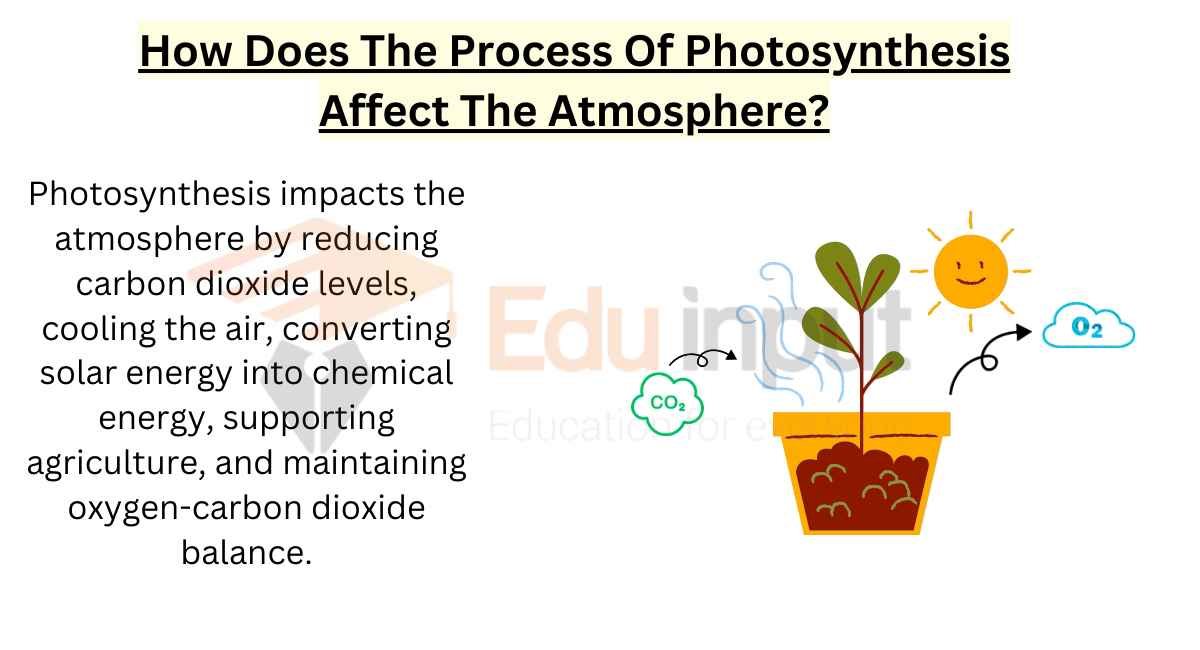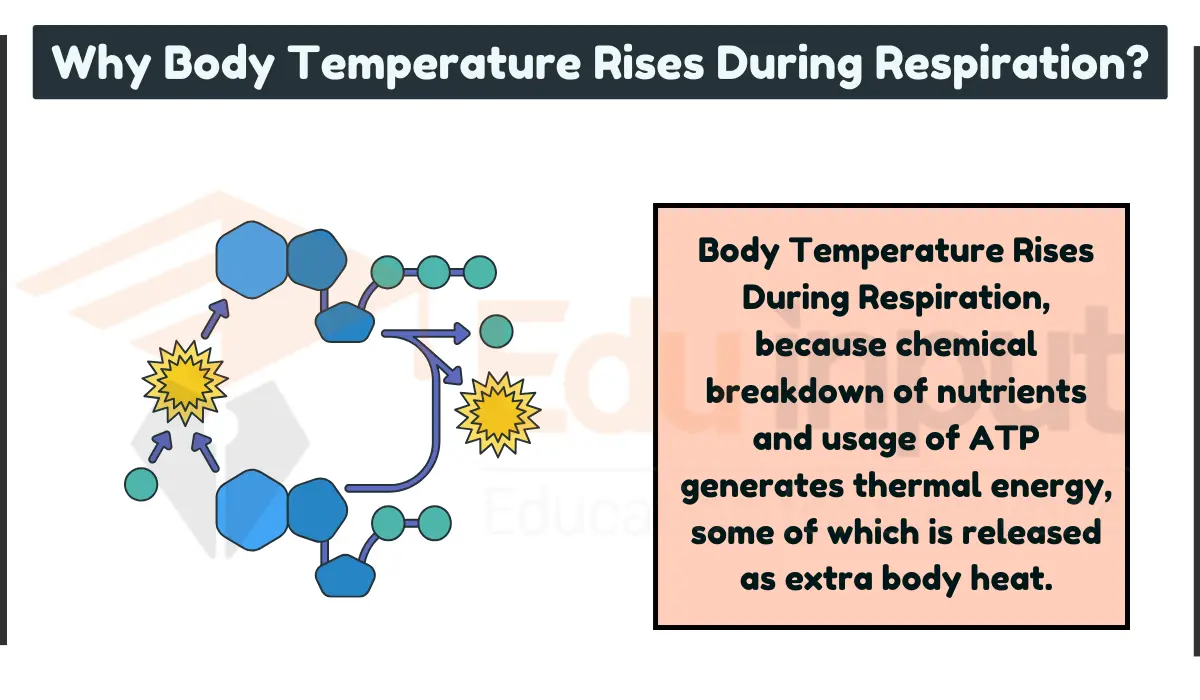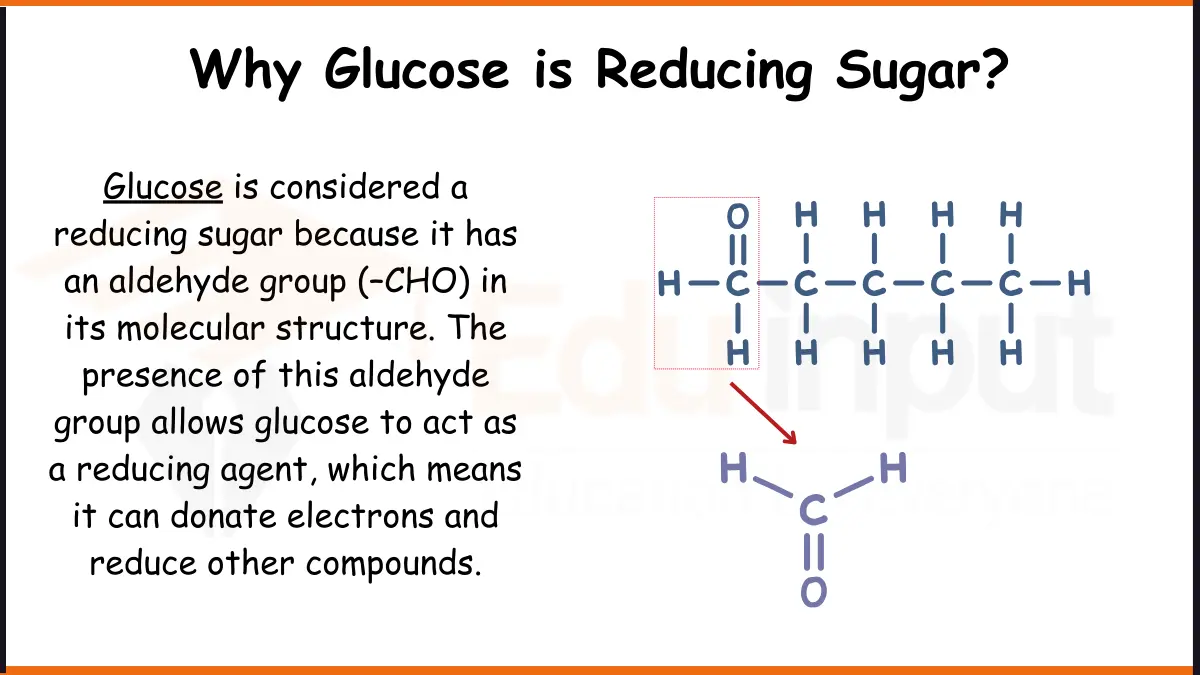What If Glucoe is Unavailable?-Alternative Sources for Aerobic Respiration
If glucose is unavailable, aerobic respiration may occur with alternative sources like fats, ketone bodies, or even amino acids to keep the energy flowing.

Aerobic respiration is flexible in terms of substrate utilization. Many cell types can adapt to using fatty acids, amino acids, ketones or glycerol for generating ATP in the absence of adequate glucose availability.
Some have particular preferences or efficiencies – like the brain’s dependence on ketones, or the liver’s facility with gluconeogenesis substrates like glycerol and amino acids.
Alternative Sources for Aerobic Respiration
If glucose is unavailable, aerobic respiration may occur with:
1: Fats/fatty acids
Fat stores like triglycerides and fatty acids can be broken down through fatty acid oxidation and used as an alternative energy source for aerobic respiration. Many cell types like cardiac and skeletal muscle cells efficiently use fatty acids.
2: Amino acids
Proteins can be broken down into amino acids and used to provide carbon skeletons that feed into the citric acid cycle to generate ATP. Most cell types can adapt to using amino acids for energy, but the liver is particularly efficient at gluconeogenesis from amino acids.
3: Ketone bodies
During periods of low glucose, ketone bodies like acetoacetate and β-hydroxybutyrate can be produced from fats and used similarly to glucose to power aerobic respiration. The brain relies heavily on ketones, while muscles, kidneys and heart can also utilize them well.
4: Glycerol
The glycerol backbone of triglycerides from fat stores can be released and used in intermediate pathways like gluconeogenesis or glycolysis to provide substrate for aerobic respiration. Particularly the liver and kidneys efficiently extract and process glycerol.
Reference : [1]






Leave a Reply